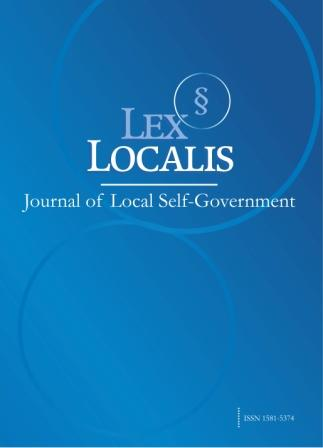Electronic Evidence Storage on Blockchain and Its Regulations in China: On Coupling of Law and Technology
DOI:
https://doi.org/10.52152/800069Keywords:
Blockchain, Electronic Evidence, Blockchain Judicial Storage, Evidence Storage, RegulationsAbstract
Utilizing blockchain technology to preserve electronic evidence is the coupling and innovation of law and technology, with distinctive efficiency and security, and is a significant engine for China to attain the "Digital Rule of Law, Digital Justice". Based on the context of Digital Justice era, this paper explores blockchain storage technology from the perspective of the dilemma of conventional centralized storage of electronic evidence. In the wake of intensive discussions of its peculiar advantages, and characteristics, along with its legal and technical issues in practical application, we put forward a two-orientation coupling mechanism of law and technology, implementing a novel preservation pattern dominated by third-party preservation platforms and structuring a technical rule system for electronic evidence preservation on blockchain. Apart from establishing scientific and applicable rules for identifying blockchain evidence, it also proposes advisable suggestions for improving the effective supervision of electronic evidence preservation on blockchain in the judicial field, which relies on regulatory technology.
Downloads
Published
Issue
Section
License
Copyright (c) 2025 Lex localis - Journal of Local Self-Government

This work is licensed under a Creative Commons Attribution-NonCommercial-NoDerivatives 4.0 International License.








